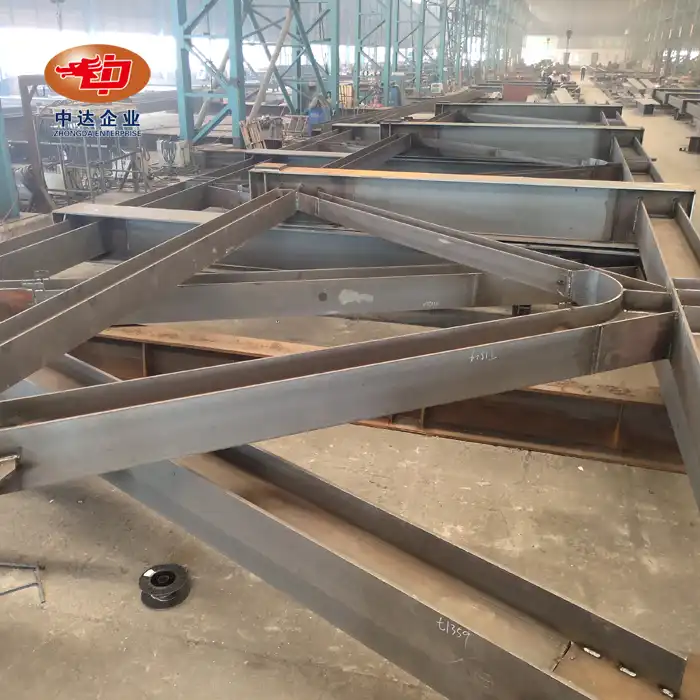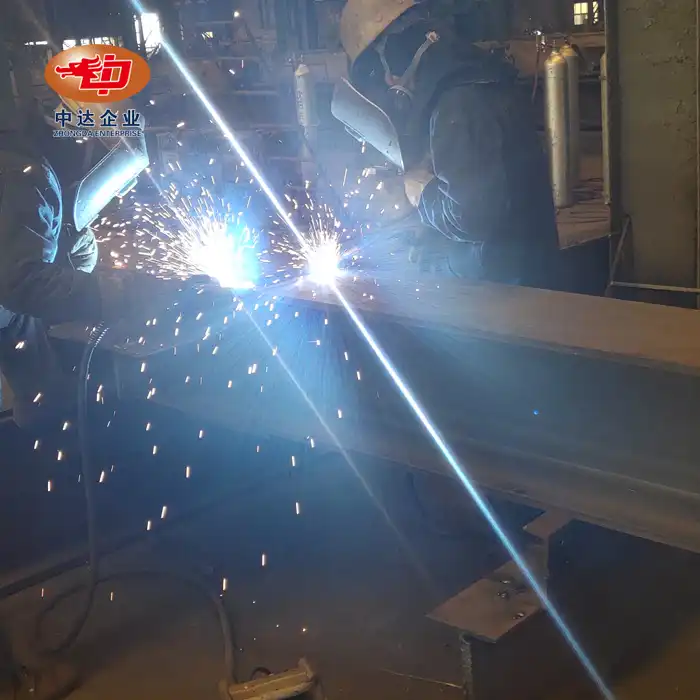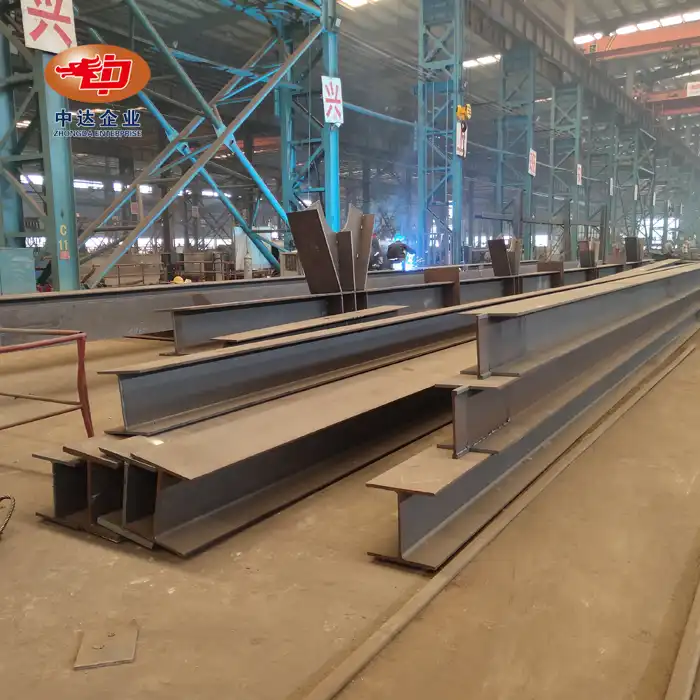Factors Influencing Steel Box Girder Load Capacity
Structural Design and Material Properties
The load capacity of steel box girders is primarily determined by their structural design and material properties. At Zhongda Steel, we utilize a fully welded box design, which proves superior to I-beams for long-span bridges. This configuration distributes stresses more evenly, enhancing overall strength and stability. Our use of high-grade Q345D steel for main sections and Q420D steel for critical joints ensures exceptional load-bearing capabilities.
The material's yield strength, tensile strength, and elastic modulus play crucial roles in determining a girder's load capacity. Weathering steel, with its unique alloying elements, offers not only high strength but also superior corrosion resistance, contributing to long-term load-bearing performance.
Cross-Sectional Geometry
The cross-sectional geometry of a steel box girder significantly impacts its load capacity. Our variable cross-section design, ranging from 1.25 to 8 meters, allows for optimal distribution of material where it's needed most. This approach enables a 20% weight reduction compared to traditional designs while maintaining or even improving load capacity.
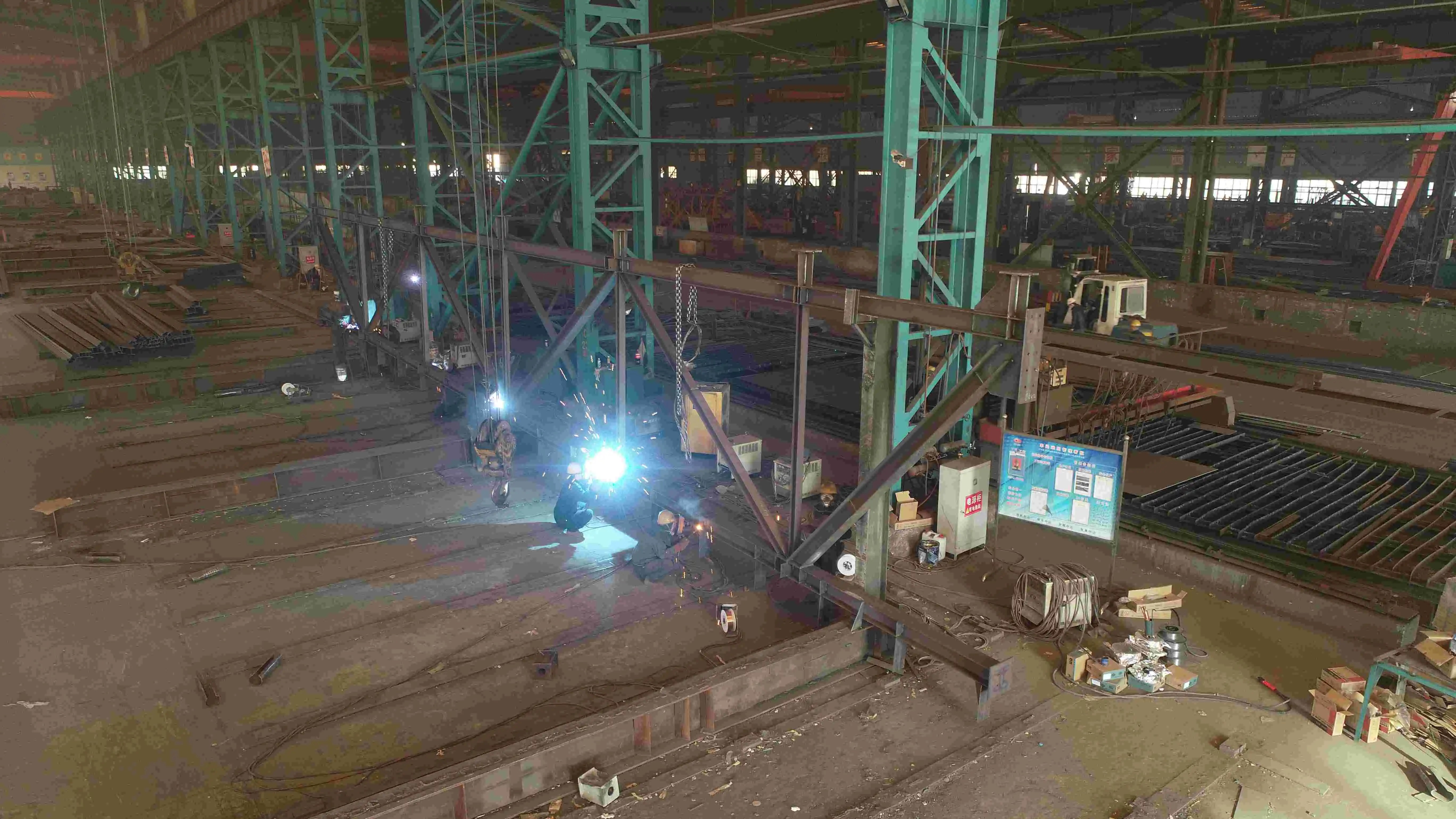
The depth-to-span ratio, web thickness, and flange dimensions are carefully calculated to maximize strength while minimizing material usage. By optimizing these parameters, we can achieve impressive span lengths of up to 420 meters, suitable for a wide range of bridge projects.
Fabrication and Quality Control
The fabrication process and quality control measures are critical in achieving the designed load capacity. At Zhongda Steel, we employ advanced prefabrication techniques, producing segments ranging from 12 to 30 meters in length. This approach not only ensures precision but also reduces on-site assembly time by up to 50%.
Our rigorous quality control procedures, including non-destructive testing methods like ultrasonic and magnetic particle inspection, guarantee that every steel box girder meets or exceeds the specified load capacity. This commitment to quality is backed by our ISO 9001 certification, ensuring consistency and reliability in every product we deliver.
Analyzing Load Types and Distribution in Steel Box Girders
Dead Load Considerations
Dead loads, comprising the self-weight of the structure and permanent fixtures, form a significant portion of the total load on steel box girders. Our innovative design approach, utilizing high-strength materials and optimized cross-sections, allows for a substantial reduction in dead load without compromising structural integrity. This weight reduction not only enhances the overall load capacity but also facilitates easier transportation and installation.
The distribution of dead load across the girder is carefully analyzed using advanced finite element methods, ensuring that stress concentrations are minimized and load paths are optimized. This meticulous approach allows our steel box girders to handle greater live loads, improving overall bridge performance.
Live Load Analysis
Live loads, including vehicular traffic, pedestrian movement, and environmental factors like wind and snow, present dynamic challenges to steel box girders. Our designs incorporate sophisticated load models that account for various traffic patterns, load frequencies, and impact factors. By utilizing weathering steel, we ensure that the girders maintain their load-bearing capacity even under harsh environmental conditions.
The variable cross-section design of our box girders allows for efficient distribution of live loads, reducing stress concentrations and enhancing fatigue resistance. This approach enables our structures to withstand millions of load cycles over their lifespan, ensuring long-term reliability and safety.
Dynamic Load Response
Steel box girders must respond effectively to dynamic loads such as seismic activity, wind-induced vibrations, and traffic-induced oscillations. At Zhongda Steel, we employ advanced dynamic analysis techniques to assess and optimize the girder's response to these loads. Our designs incorporate features like tuned mass dampers and strategic stiffening elements to mitigate harmful vibrations and ensure structural stability under various dynamic loading scenarios.
The inherent torsional rigidity of box girders, combined with our precision fabrication techniques, results in structures that exhibit excellent dynamic performance. This characteristic is particularly beneficial for long-span bridges, where dynamic loads can have significant impacts on structural integrity and user comfort.
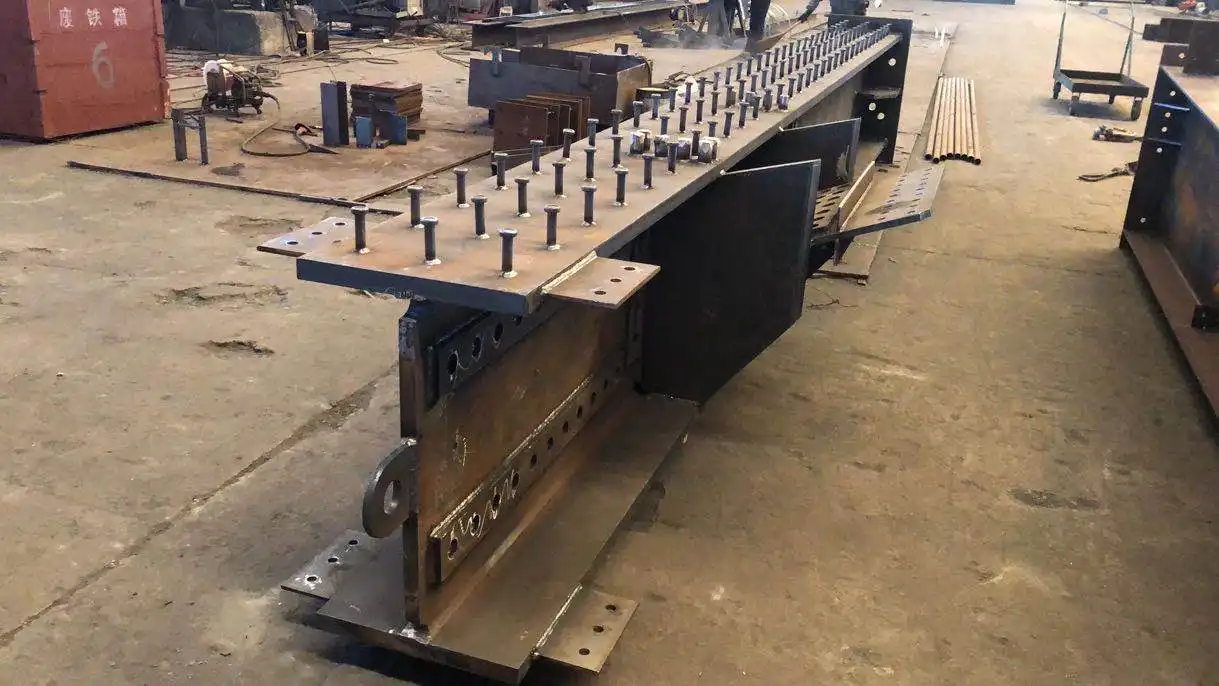
Innovative Approaches to Enhancing Steel Box Girder Load Capacity
Advanced Material Technologies
At Zhongda Steel, we're at the forefront of material innovation for steel box girders. Our adoption of high-performance weathering steel not only enhances load capacity but also provides superior corrosion resistance. This advanced material forms a protective patina over time, eliminating the need for painting and reducing long-term maintenance costs. Our weathering steel compositions are tailored to withstand extreme temperatures, even down to -60°C, making them ideal for Arctic bridge projects.
We're also exploring the integration of ultra-high-strength steels and hybrid material solutions to further push the boundaries of load capacity. These innovations allow for even lighter structures capable of spanning greater distances, opening new possibilities in bridge design and construction.
Computational Design Optimization
Leveraging cutting-edge computational tools, including BIM (Building Information Modeling) and advanced FEA (Finite Element Analysis) software, we optimize every aspect of our steel box girder designs. This data-driven approach allows us to fine-tune cross-sectional geometries, predict stress distributions with unprecedented accuracy, and simulate complex loading scenarios.
Our computational models account for factors such as material nonlinearity, geometric imperfections, and time-dependent effects, ensuring that our designs are not just theoretically sound but practically robust. This level of optimization results in steel box girders that maximize load capacity while minimizing material usage, leading to more economical and sustainable bridge solutions.
Innovative Fabrication Techniques
Zhongda Steel's state-of-the-art fabrication facilities employ innovative techniques that directly contribute to enhanced load capacity. Our automated welding processes, utilizing precise robotic systems, ensure consistent, high-quality welds that maximize the strength of joints – critical points in load transfer. We've developed proprietary methods for handling ultra-thick plates, achieving cutting precision of ±0.2mm, which is essential for optimal load distribution in large-scale box girders.
Our pre-cambering techniques and advanced assembly methods allow for precise control over the final geometry of the girder, ensuring that it performs optimally under design loads. By integrating sensors and smart materials during fabrication, we're paving the way for self-monitoring structures that can provide real-time data on load conditions and structural health.
Conclusion
Understanding the load capacity of steel box girders is crucial for designing safe, efficient, and durable bridges. At Zhongda Steel, our commitment to innovation, quality, and advanced engineering ensures that our weathering steel box girders offer superior load-bearing capabilities. By combining cutting-edge material science, computational design, and precision fabrication, we're pushing the boundaries of what's possible in bridge construction. Our solutions not only meet current demands but are also future-proofed, ready to tackle the infrastructure challenges of tomorrow.
Contact Us
Ready to elevate your bridge project with Zhongda Steel's high-performance weathering steel box girders? Experience the perfect blend of strength, durability, and innovation. Contact us today at Ava@zd-steels.com to discuss how our advanced steel solutions can bring your vision to life, ensuring longevity and efficiency in your infrastructure investments.











